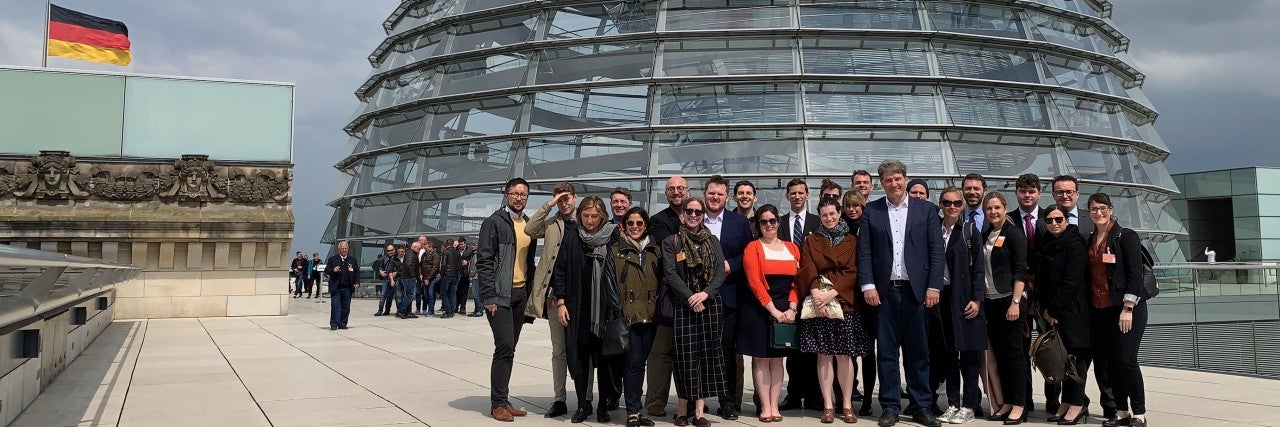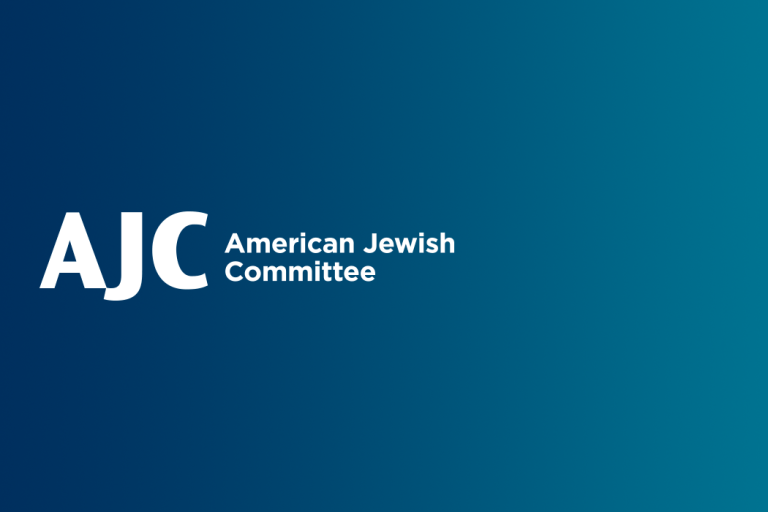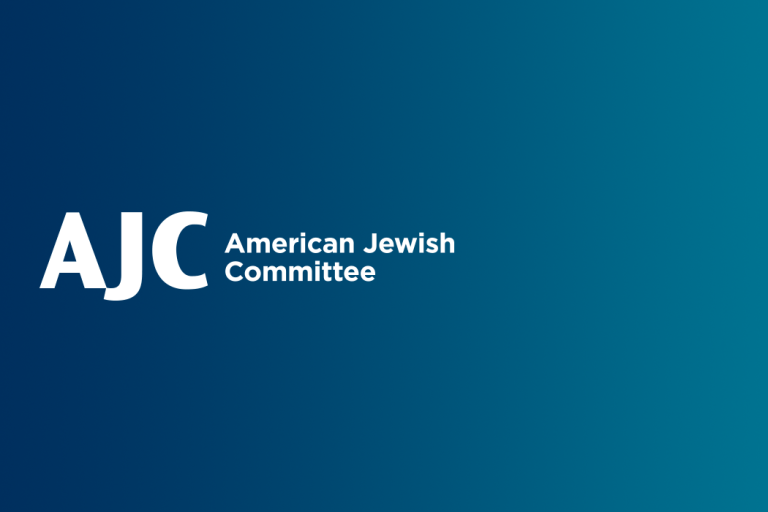May 10, 2019 — Germany
By: Alyssa Weiner
A few days after Yom HaShoah, Holocaust Memorial Day, I joined a group of American Jews and Germans on a visit to the former concentration camp Sachsenhausen. Aside from being a decade or two between the average visiting school group or Red Hat Society outing, we were the only group of Germans and Jews touring the memorial site together.
We were about 20 young professionals from all over the U.S. and Germany, spending the week together on a Germany Close Up program. For some, it was the first time visiting a memorial site. For all of us, it was an opportunity to learn about a small but significant part of the Holocaust’s history, side by side.
Sachsenhausen, standing less than 25 miles outside of Berlin, was built in 1936 as a forced labor camp for political prisoners. In the 1940s, when the Nazis began sending Jews exclusively to extermination camps, prisoners from dozens of countries were abused and killed there. By the end of the war, 50,000 lives had been taken, one quarter of the 200,000 total prisoners.
Tours of the site end at the former crematorium, where we held an impromptu memorial service. After each participant lit a candle, the Jews sang the Mourners’ Kaddish, and the Germans prayed with us. We held several moments of silence as we stood together, considering all we had learned, the air around us thick as if weighed down by the atrocities that happened there.
It wasn’t until a few hours later, over dinner and in our discussions afterwards, when we were able to process how we were feeling: the devastation, the shame, the anger, the resolve to never forget what we saw. The Jews questioned whether they would have fought back, or hidden, or fled. The Germans wondered what role they would have played, collaborator or defier, had they been born seven decades earlier. To hear these questions asked aloud, one after the other, in such an exposed way, was life-changing for us all.
A few days later, we joined together for Shabbat services on Friday evening at the New Synagogue on Oranienburger Strasse in Berlin. Before World War II, Berlin was the birthplace of Liberal Judaism, and the Neue (New) Synagogue was the main prayer space for Berlin’s 160,000 Jews. Since 1995, the synagogue has been home to the community Centrum Judaicum.
Many of the Germans in our group had never met a Jew before our trip, and now, one week later, they were singing Kabbalat Shabbat prayers! It was a powerful testament to the rebirth of Jewish life in Germany, and to the interest that many young Germans have taken in learning about Jewish history and culture.
When services were over, we lit Shabbat candles, blessed the wine and challah, and reflected on our time together over dinner. After an intense week, Shabbat provided a much needed respite for us all.
The visit to the former concentration camp and to the New Synagogue allowed us to connect with each other on a spiritual and emotional level. Breaking bread together then allowed us to deepen those emotional bonds and explore together the complicated issues of memory and identity, not as Germans and Jews but as a group of friends who had shared intense experiences with one another.
The program concluded several weeks ago, but our group still communicates regularly and has plans for future gatherings. Perhaps it’s because, as leaders committed to the transatlantic relationship and to German-Jewish relations, we’re all cut from the same cloth.
I have a feeling, though, it’s due to that special combination of praying and eating, which provides nourishment for the soul and the body, that allowed us to trust each other enough to share our most vulnerable thoughts and feelings. It’s something I hope we all remember when searching for a way to connect with people of different countries and cultures.
Alyssa Weiner is assistant director of international Jewish affairs at American Jewish Committee (AJC).


